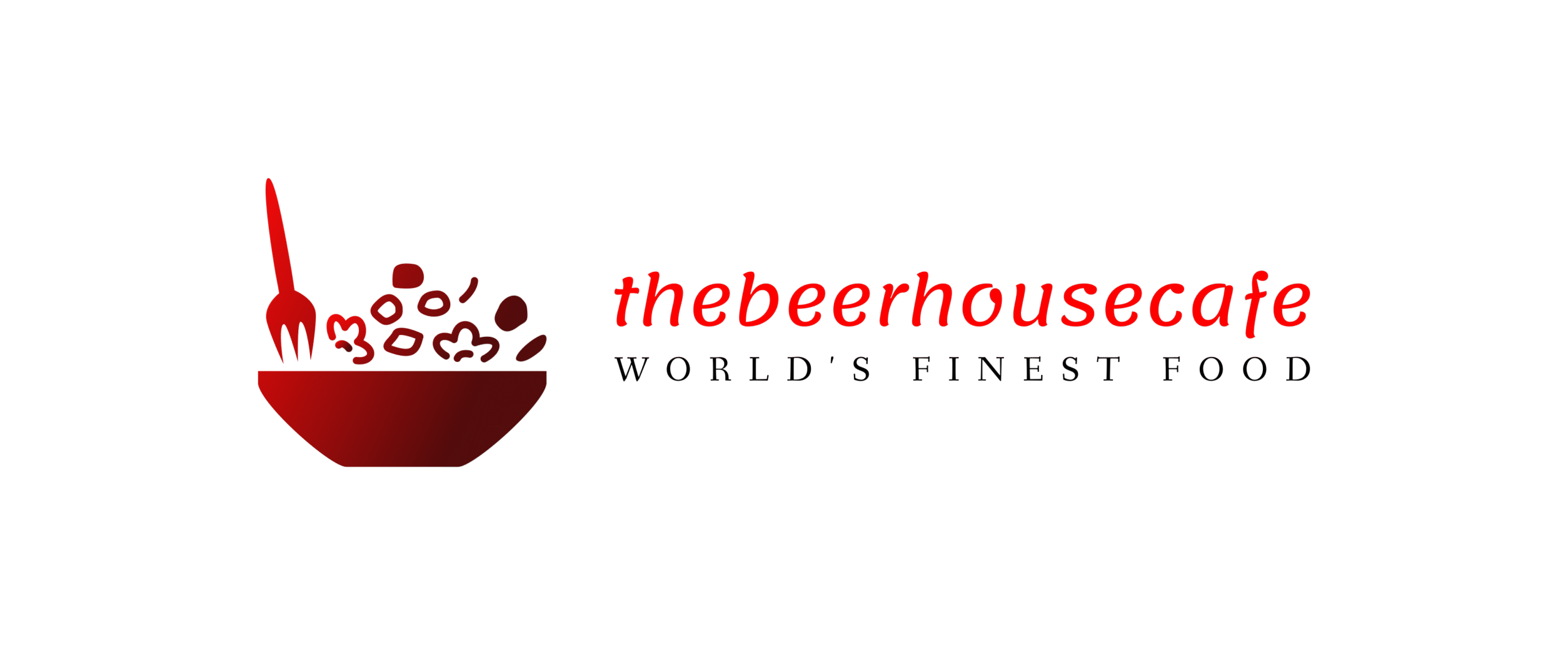7 ways to spend less on food when you’re trying to eat healthy
With grocery prices rising, you may be trying to save money on food. Buying store brands instead of pricier name brands seems like a no-brainer, but sometimes the savings come at a nutritional cost, making it an unhealthy tradeoff. In some cases, brand-name foods are worth the splurge, but there are plenty of other ways to stretch your food dollars without compromising on healthy eating. Here are seven tips to help you spend less on food.
Plan ahead
Meal planning might sound daunting, but without a plan, you may unintentionally buy ingredients that you won’t use, wasting both money and food. You can take the stress out of meal planning by using an app or website to select recipes and generate a shopping list. Or just make a loose plan, knowing the types of meals you typically cook and the ingredients they require. When planning, factor in the possibility of dining out and having leftovers. Meanwhile, even if you don’t sit down to write out a precise plan, just getting more organized around meals will help you use your dollars more wisely.
RELATED: Buy these 10 foods and make a week’s worth of healthy meals
Make a list
Creating a grocery list can help your budget in numerous ways. For instance, you can avoid unplanned Uber Eats orders that you may need if you accidentally forget to buy an ingredient needed to make a meal. A list also helps you stay focused while shopping, so you avoid costly impulse purchases.
Some people swear by a reverse shopping list, which is a master document of all the things you regularly eat or cook with. Basically, you’re keeping a running list of all the things you have, instead of the things you need. In this case, you’d keep a digital list and put an identifier (such as an emoji) next to the items you run out of and plan to buy. This gives you a big picture of everything you have in your fridge and pantry, making it less likely you forget an important ingredient (or overbuy something you already have).
Use your freezer
Research published in the British Food Journal found that shoppers are nearly six times more likely to waste fresh food than frozen food. The study found that fruit is most likely to go to waste. Besides buying frozen foods, you can save money by moving certain fridge and pantry contents to the freezer if you won’t be eating them right away.
According to the USDA, you can freeze almost anything. If your berries are starting to look a little meh, wash them and stick them on a parchment-lined tray to freeze them. Then, store them in a freezer-safe container. Many dairy foods, such as milk and cheese, can be frozen, too. Cooked leftover whole grains and pasta also freeze well, and you can store these foods in individual re-sealable, re-usable bags for easy meal prep. Nuts and nut flours are also best kept in the freezer for longer-term storage.
Limit food waste
When you waste food, you waste money. No one buys food thinking it will go to waste, yet one study found that people tossed an average of 3.5 pounds of food per week, much of which could be eaten. There are a few ways to handle food waste, the first of which is to be more deliberate in the planning and shopping phases (see above).
If, despite planning, you over-bought fresh items, don’t toss them; figure out creative ways to use them. For example, you can add fruits and veggies to smoothies and veggies and proteins to soups, pasta dishes and stir-fries.
Finally, get clear on food expiration dates, which are misleading and contribute to food (and money) waste. In fact, up to 80% of people throw out food that’s safe to eat because of confusion around these dates. “Best by” and “use by” dates are ambiguous quality suggestions from the manufacturer, but they aren’t an indication of safety. “Sell by” dates indicate the manufacturer’s recommendation to the retailer to remove the product from the shelf, but you can safely consume many of these items past this date. For instance, you can buy meat at the “sell by” date and freeze it to eat later. Milk that’s refrigerated appropriately is usually safe up to a week past the “sell by” date. Except for infant formula, you can eat most foods past these dates.
Stock up on pantry staples when they’re on sale
Since you’re probably scanning store circulars, note when your often-used non-perishable foods go on sale. This strategy works for any pantry item you regularly replace, such as whole-grain cereal, condiments, canned goods, snacks, pasta, brown rice and other whole grains and plant-based milks. You can even stock up on extra-virgin olive oil, provided it’s in a tin or glass container, and you’ll be using it within six months.
Eat more meatless meals
It’s common knowledge that plant proteins, like beans, legumes and tofu, are less expensive than meat. And, a diet that favors plant foods isn’t just good for your wallet, it’s good for your body, too. For example, one study that analyzed data from more than 715,000 people found that eating an extra 3% of your calories from plant proteins was associated with a 5% lower chance of dying prematurely. If you’re not sure how to include more plant-based meals in your diet, the flexitarian diet is a good place to start.
RELATED: How to create a healthy meal plan with less meat
Buy store brands, except when it comes to these foods
Store brands offer excellent value, but they may not be a nutritional bargain. When you’re reading labels, compare nutrition facts, like sodium, added sugar and saturated fats, to make sure these less healthy nutrients aren’t higher in the less expensive product. And make a side-by-side comparison of the ingredient list. You’re checking to see whether the first few ingredients are the same and in the same order as the branded product. When you’re considering your food budget, here are some foods worth the splurge:
-
Plant-based milk. Private label plant-based milks often lack the calcium and vitamin D found in name brands. Since these beverages replace dairy milk, it’s helpful to get these nutrients in your substitute, or you may need to spring for supplements, which could cost more in the long run.
-
Yogurt. Flavored yogurt is a leading source of added sugar in our diets, and most Americans eat more sugar than advised. So, it makes nutritional sense to pay extra for a branded, lower-sugar yogurt. Since added sugar contributes to numerous health woes — from heart disease to type 2 diabetes to skin problems — choosing a lower-sugar version can help keep you within the recommended ranges and may help save you from costly health problems later on.
-
Snack bars. It’s not a given that your store brand bar is nutritionally on par with the branded versions. Often, the less expensive bars have more added sugar or use fewer healthy ingredients, such as nuts. You might also find more processed filler substances (like soy protein isolate) in cheaper bars. That’s why low-sugar bars with real food ingredients may be worth the extra money.







